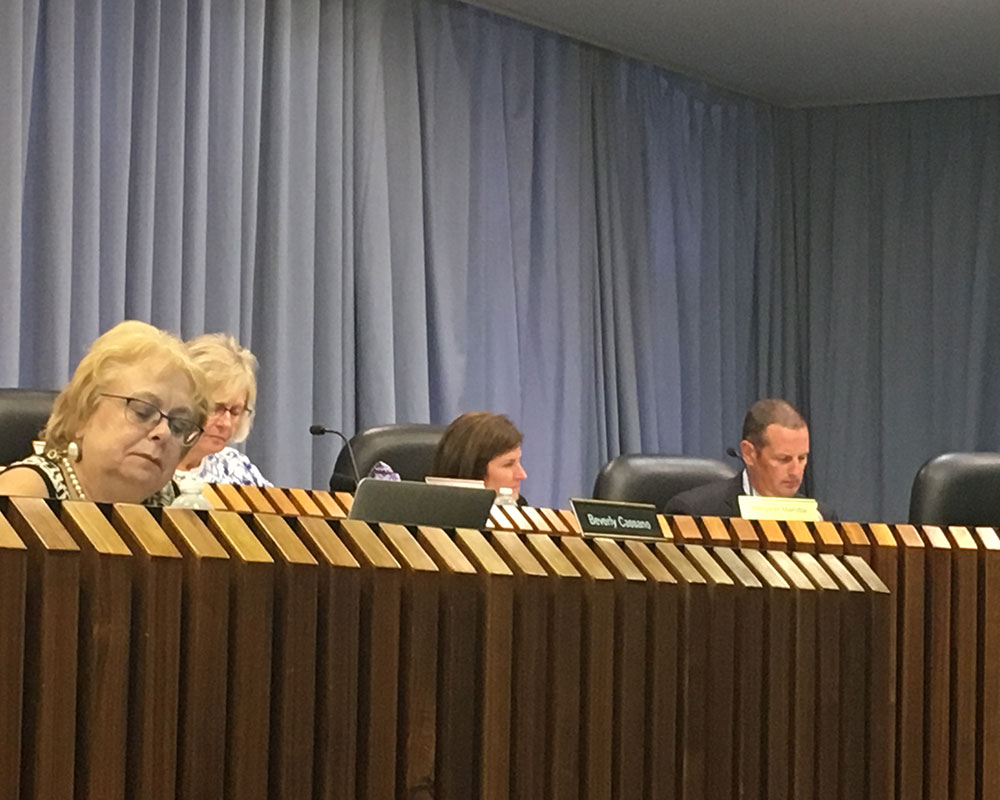Haverhill Public Schools is expecting to pay over $1 million to transport unhoused students to and from school, as required by federal law, through June of this year.
Some students move to nearby communities—to stay with relatives or in shelters—because their families lost their homes. They still need to go to school, Assistant Superintendent Michael J. Pfifferling told the School Committee last week, and school districts are responsible for getting them there. He added the same effort cost only $547,000 last year.
In addition, committee Vice Chairperson Paul A. Magliocchetti said that less state funding came in than anticipated. Pfifferling elaborated that, while last year annual state education aid increased by $8.5 million because of high inflation, this year it only went up by $5.2 million due to a lower estimated rate.
The committee must address the two unexpected shortfalls as the time approaches to budget for the next school year, which starts July 1.
“I hope it works out, but we’re all going to have to do our part. It’s really going to be tough,” Magliocchetti said. “The district is losing a lot of money due to no fault of our own.”
According to Pfifferling, state aid for public schools, through Chapter 70, goes up in part based on the inflation rate, a statistic based on how prices across the economy increased in a year. After a presentation from the Department of Elementary and Secondary Education at his professional association’s meeting, Pfifferling said he questioned the state’s low number. “They’re looking at one inflationary number in an aggregate, but they’re not looking at the individual pieces, of transportation, of special education, of salaries—we have a lot of negotiations going on, we’ve seen what’s going on around the state.”
Transportation costs have more than doubled since last year, and member Richard J. Rosa emphasized that the district has only limited ability to reduce the price tag. Pfifferling explained the community where a student is staying pays half the cost of sending them to their school, while the student’s school district pays the other half and sets up transportation.
“We go out to all 10 of our vendors and ask for quotes from all of them,” he said. “Some communities just have a blanket agreement with one vendor, and that doesn’t necessarily get them the best price.”
Costs go up if the sending community does not select the cheapest option. Pfifferling speculated the state lifting its pandemic-era moratorium on evictions has brought on this spike in unhoused students.
“That has caused families to be evicted from their properties and caused families to become homeless, and having to double up, live in shelters, live in hotels,” he said. “Homeless doesn’t necessarily mean that you’re sleeping on a park bench. It just means that the residence you had is no longer yours.”
The committee will also contend with a $77,000 deficit for this year’s crossing guards, according to Rosa. The city used to cover their employment with $75,000 in the police budget, but that was no longer the case as of last year. No one notified the committee, so Rosa said they did not include it in the budget.

